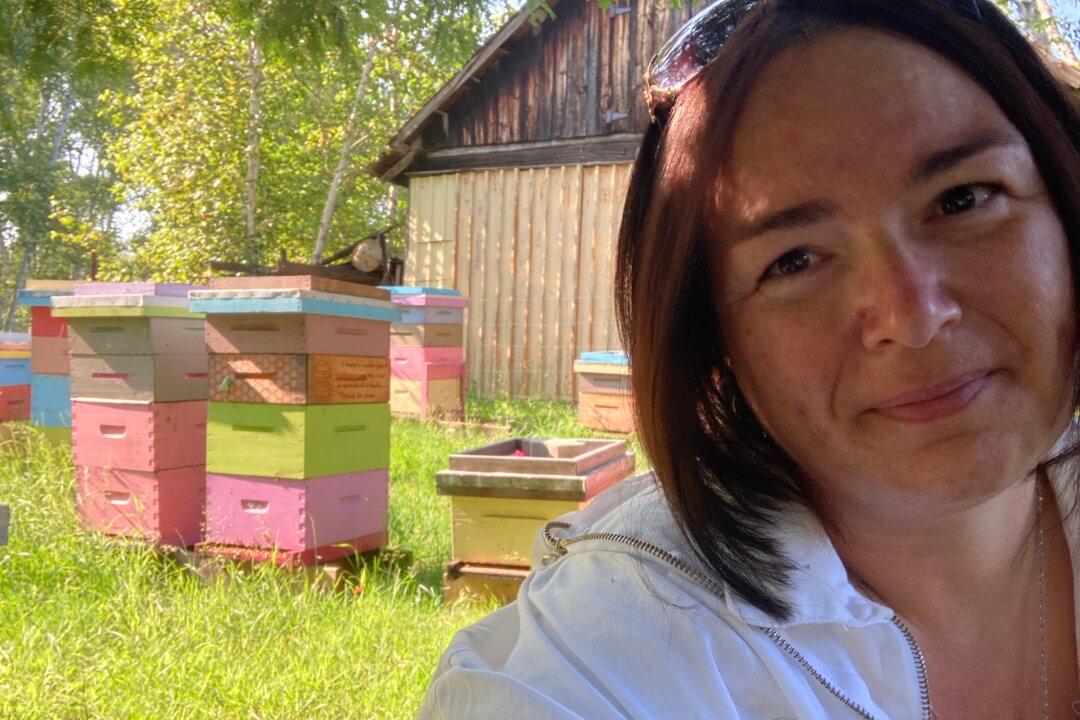A northern Ontario beekeeper is urging Canadians to avoid spraying their properties with insecticides, herbicides, and fungicides at times when pollinators are active and during windy conditions.
Dawn Lalonde experienced devastating losses at her apiary this summer, and initial testing of bee and pollen samples found the presence of fungicides and pesticides.






